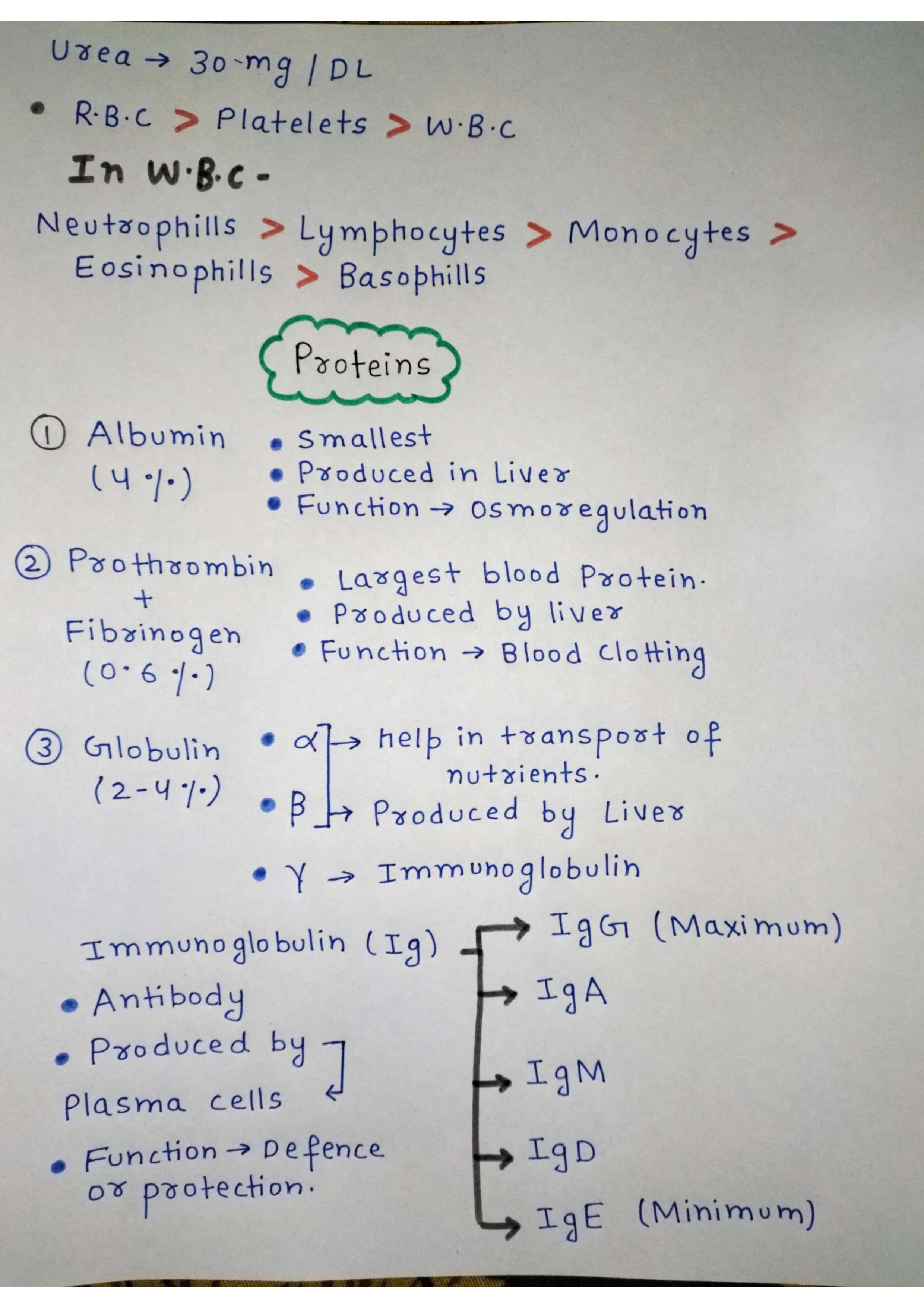Body Fluids and Circulation: Our bodies are intricate machines, and their efficient functioning relies heavily on the circulation of fluids. These fluids, primarily blood and lymph, play crucial roles in transporting nutrients, oxygen, hormones, and waste products throughout the body. This article delves into the fascinating world of body fluids and the circulatory system, exploring their composition, functions, and the mechanisms that keep us alive.
Body Fluids
1. Blood:
Composition: Blood is a complex fluid composed of plasma and formed elements.
- Plasma: The liquid component, constituting about 55% of blood volume, consists of water, proteins, electrolytes, nutrients, and waste products.
- Formed Elements: These include:
- Red Blood Cells (RBCs): Transport oxygen to tissues and carbon dioxide to the lungs.
- White Blood Cells (WBCs): Defend the body against infections.
- Platelets: Essential for blood clotting.
Functions:
- Transportation: Delivers oxygen, nutrients, hormones, and removes waste products.
- Regulation: Maintains body temperature, pH, and fluid balance.
- Protection: Prevents blood loss through clotting and fights infections.
2. Lymph:
Composition: A clear fluid derived from blood plasma, containing lymphocytes (a type of WBC).
Functions:
- Immune Response: Transports lymphocytes to lymph nodes, where they fight infections.
- Fluid Balance: Returns excess fluid from tissues to the bloodstream.
- Fat Absorption: Absorbs fats from the small intestine and transports them to the bloodstream.
Circulatory System
The circulatory system, also known as the cardiovascular system, is responsible for the efficient circulation of blood throughout the body. It consists of the heart, blood vessels, and blood itself.
1. The Heart:
- A muscular organ that pumps blood through the blood vessels.
- Divided into four chambers: two atria and two ventricles.
- The heart's rhythmic contractions, known as the cardiac cycle, propel blood through the circulatory system.
2. Blood Vessels:
Arteries: Carry oxygenated blood away from the heart to the body's tissues.
Veins: Return deoxygenated blood from the tissues to the heart.
- Capillaries: Tiny blood vessels that connect arteries to veins, allowing for the exchange of nutrients, oxygen, and waste products between blood and tissues.
Circulation of Blood
The human circulatory system is a closed system, meaning blood is confined to blood vessels. Blood circulates through two main loops:
1. Pulmonary Circulation: Blood is pumped from the heart to the lungs, where it picks up oxygen and releases carbon dioxide.
2. Systemic Circulation: Oxygenated blood is pumped from the heart to the body's tissues, where it delivers oxygen and nutrients and picks up carbon dioxide and waste products.
FAQs on Body Fluids and Circulation
What are body fluids?
Body fluids are the liquids that circulate throughout the body. The two main types of body fluids are blood and lymph.
What is blood?
Blood is a complex fluid that carries oxygen, nutrients, and waste products throughout the body. It is made up of plasma, red blood cells, white blood cells, and platelets.
What is lymph?
Lymph is a clear fluid that circulates through the lymphatic system. It helps to remove waste products from the body and fight infection.
What is the circulatory system?
The circulatory system is a network of blood vessels that carry blood throughout the body. It is made up of the heart, arteries, veins, and capillaries.
How does the circulatory system work?
The heart pumps blood through the arteries to the body's tissues. The blood then returns to the heart through the veins. Capillaries are tiny blood vessels that connect arteries to veins. They allow oxygen, nutrients, and waste products to pass between the blood and the tissues.
What are some common circulatory system disorders?
Some common circulatory system disorders include heart disease, stroke, high blood pressure, and varicose veins.
How can I keep my circulatory system healthy?
You can keep your circulatory system healthy by eating a healthy diet, exercising regularly, and not smoking. You should also see your doctor for regular checkups.




















